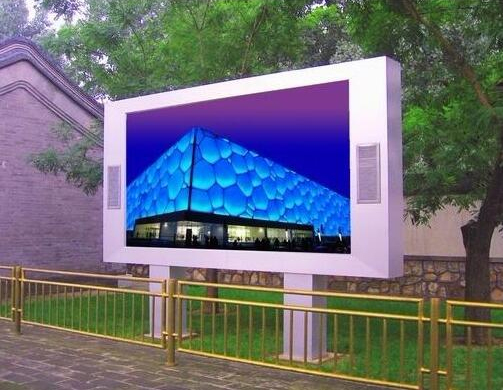Introduction:
The function of an LED video processor is to convert incoming image signals from external sources into signals compatible with LED displays. The quality of the LED video processor directly affects the display performance of the LED screen.

Product features and functionalities:
How does an LED video processor achieve flawless display on LED screens? This primarily involves:
Image Scaling: LED displays operate on a point-to-point basis, meaning they can only display images that match their physical resolution. A video processor scales images, allowing output at any desired size, enabling the entire desktop to be mapped onto the LED screen.
Signal Conversion and Switching: Video processing equipment can convert formats between numerous signals. Another vital function of a video processor is managing multiple input signals, swiftly switching between various signals when needed.
Enhancement of Image Quality: Given the larger pixel pitch of LED displays compared to some flat panel mediums, image processing technology, especially image enhancement, is crucial. High-quality LED video processors utilize advanced algorithms to enhance poorly rendered signals, employing techniques such as deinterlacing, edge sharpening, motion compensation, and more to refine details and elevate picture quality.
Large Screen Splicing: As LED displays have increasingly smaller pixel pitches and larger physical sizes, their physical resolution becomes immense. An LED video processor with splicing capabilities can drive high-resolution screens, proving to be a cost-effective driving method.
Multi-Screen Processing: In many special scenarios, a single display screen needs to exhibit multiple similar or different signal images. Video processors equipped with multi-screen processing capabilities can flexibly meet such display requirements."
Conclusion:
In the era of high-definition LED displays, video processors not only handle tasks such as image processing, analysis, encoding, and compression but also embed a multitude of intelligent analysis algorithms to analyze vast amounts of data.
Outdoor displays face variations due to regional weather conditions; day and night, sunny and rainy weather necessitate different adaptations. How can LED screens adjust to these weather changes and exhibit perfect visuals?
This demands video processors to possess superior image enhancement capabilities, employing advanced image scaling algorithms to ensure maximum retention of image clarity and grayscale levels after scaling. Additionally, these processors need a rich array of image adjustment options and effects, managing image brightness, contrast, and grayscale to deliver screens that output smooth and clear visuals.
The inseparable tie between Amoonsky and its Video Processor series - MVP300, AX900, and MS4K - epitomizes the company's prominent stature and lasting impact within the industry. As a trailblazer, Amoonsky stands firm in shaping the industry trajectory with innovative solutions like the Video Processor series. These state-of-the-art products aren't just technological advancements; they embody Amoonsky's significant influence within the industry. By consistently delivering products that redefine standards in video processing, Amoonsky sets the benchmark for performance, reliability, and innovation, thereby influencing the entire industry landscape. Looking ahead, Amoonsky envisions a future where it solidifies its position as an industry leader. By nurturing innovation, enhancing product capabilities, and adapting to dynamic market demands, Amoonsky aims to fortify its role as a primary driving force, offering groundbreaking solutions that redefine the standards of video processing technology.
